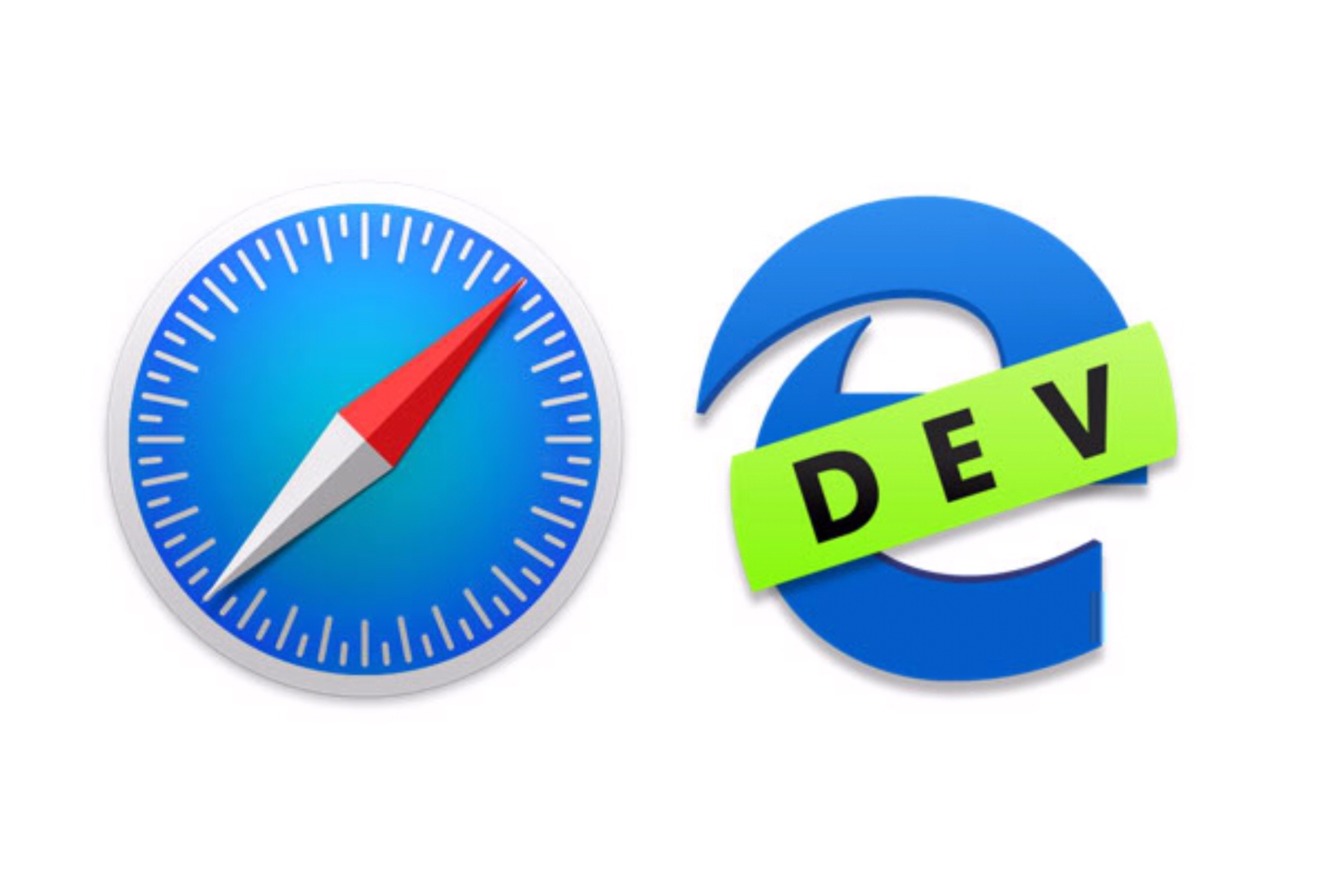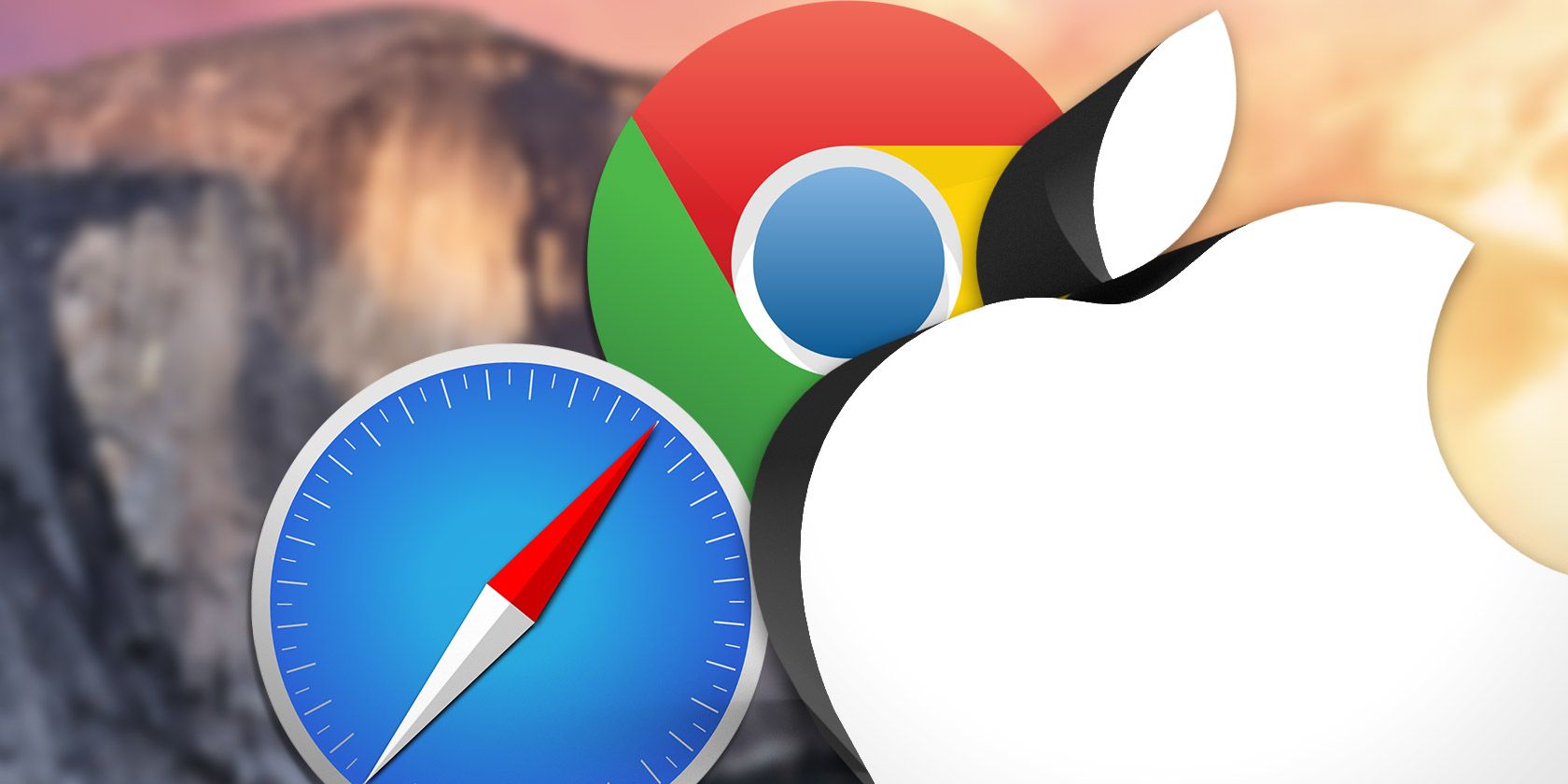

Those browsers don’t feel Mac-like enough to me, no matter how I try. And, as I mentioned, I’d previously found seven reasons that I couldn’t turn to Chrome. It’s comfortable, I have a few extensions that I’m partial to, and change is hard. The switcher campaignĭespite my numerous complaints about Safari, I was hesitant to abandon it. Safari 5.1 gobbles up a lot more CPU than Chrome does. (The fix? Kill that Safari Web Content process in Activity Monitor-which in turn means all your tabs need to be reloaded again.)
SAFARI OR CHROME MACBOOK MAC
When Safari started behaving that badly, the rest of my Mac would inevitably start choking right along with it.

And that makes Safari 5.1 grind to a near standstill, as tab content is endlessly purged, making the browsing process take much longer than it should. When I write a Weekly Wrap for Macworld, or if I’m researching a product to buy, I can end up with two or three dozen tabs open on my screen. Even if there’s no form data to lose, this behavior still means that you get to wait for the page to load all over again.
SAFARI OR CHROME MACBOOK FOR MAC
Like the iPad and iPhone, Safari for Mac now refreshes tabs’ content when you go back to them if you haven’t viewed them in a while, which can wipe out any content you’ve entered into a form.

I don’t know why, but Safari Web Content just doesn’t behave very well. The problem is that Safari’s implementation is flawed, and Apple hasn’t fixed it yet. That’s now true of both Chrome and Safari. Thus, rather than having a rogue Flash script crash your entire browser, it should only crash the current tab. Ironically, Safari Web Content-a core element of what Apple calls WebKit2, the rendering engine that powers Safari-is actually an attempt by Apple to emulate one of Chrome’s key features: By decoupling Safari (the browser) from Safari Web Content, the browser should remain more resilient if an individual webpage goes haywire. Safari Web Content’s job is to load any plug-ins and render the pages you surf to the main Safari app that you see is the browser shell. As Ted Landau reported, that’s a new background process that runs in tandem with Safari when you run the browser on your Mac. Why did the latest iteration of Safari get slower? Blame Safari Web Content. What’s worse is that Safari actually slows down the rest of my system, too. On my system (a Core i7 MacBook Pro), Safari is measurably slower than Chrome, particularly once I’ve opened multiple tabs. The number one motivator for my switch to Chrome full-time is speed. Times have changed: Safari’s now absent from my Dock, and Chrome has claimed its spot.

Because of a few under-the-hood changes to how Safari does its thing, I’ve ended up abandoning the browser in favor of Google’s Chrome-an app I once said couldn’t serve as my default browser. But since the introduction of Lion-or more accurately the introduction of Safari 5.1-Apple’s web browser quickly fell out of favor with me.


 0 kommentar(er)
0 kommentar(er)
